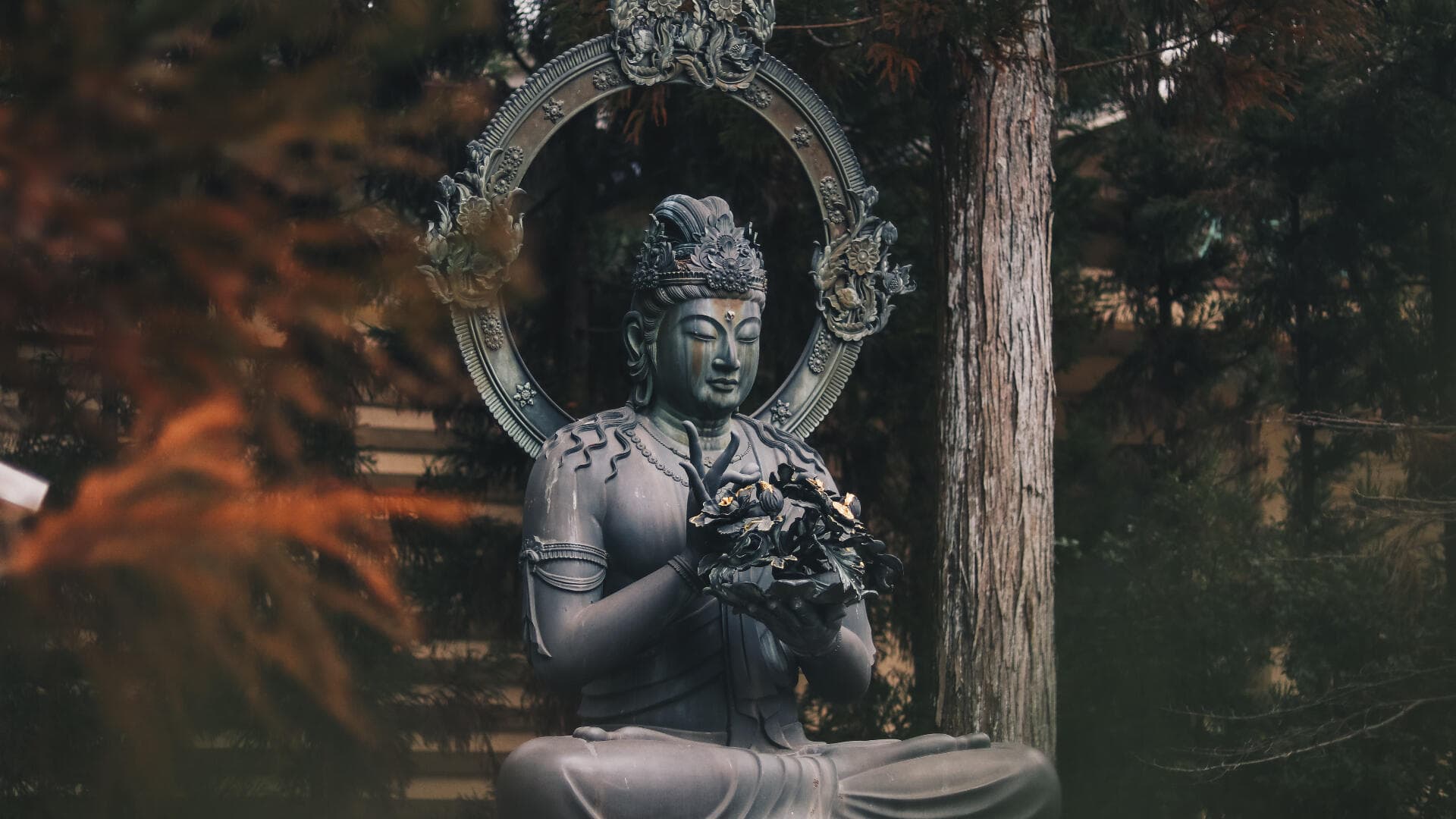One of the strangest things about Buddhism is the idea of Emptiness or Sunyata. The idea that there’s no inherent existence in any thing or phenomena. All events and objects are a nexus of different influences coming together, in a constant state of transformation.
When I wanted to try and understand Buddhism I tried, as many would to find it’s foundations, it’s core beliefs, it’s nature. What in greek is called Atomos, it’s uncuttable, indivisible part, unchangeable parts. It’s also where we get the word Atom from because the sciences too were looking for the same materialistically.
Buddhism, however, is no exception to this Emptiness in existence. Instead the understanding of Buddhism, especially Zen comes about by accepting there’s nothing to grasp, no truth to cling to. There’s No Secret Ingredient about it. The same emptiness of existence is from the greatest down to the smallest.
What I learned is that there very little to grasp in Buddhism because the wisdom of its teachings lies in learning not to grasp for something that is not there. Further, still, the lesson is to see that our grasping, our neediness for essences is what leads to our suffering, our dissatisfaction.
Alan Watts said of Buddhism that there’s very little in it, and he’s right. What happens when you do understand is you haven’t so much as grasped it, but your perception of existence changes, you see the lack of essences in all of reality.
It put us in a bit of a bind because you can’t grasp it by trying to understand it. But neither can you grasp it by not trying either. I found it almost by accident, a eureka moment, only it wasn’t sudden if I recall, but it gradually dawned upon me.
In trying to understand Zen we have to let go off trying, yet still search. It’s in that space in between trying and not trying that the (non)answer is revealed.
I read Buddhism (also epistemology, Daoism etc) by following my curiosity, I never really had a fixed aim, or desire to find an answer. Maybe it helped me let go of expectations and with such a relaxed state of learning the insight arrived more easily. I was less dissatisfied because I wasn’t trying too hard, yet I had to be unsatisfied enough to want to learn more.
What Buddhism teaches it not answers, but highlights our assumptions and grasping neediness. It’s like writing down a question, but instead of writing down an answer, we use a highlighter pen to point out the assumptions, expectations in the question.
This might seem like an absurd level of scepticism, but our questions are always infused with desires, biases and fallacies. Just because we can frame a question doesn’t mean it makes sense or is answerable.
Our problem-solving minds are of limited help here.
Once you see the truth that there’s nothing to grasp, you don’t need fixing, you’re not flawed, then a lot of the suffering we have falls away. Things may not be great, your problems still exist, uncertainty remains, but the extra suffering from trying to find it is absent.
What I’ve tried to do here is explain the mistake people make when they try to understand and grasp Buddhism.
The way it’s done correctly is counter-intuitive, the answers are not obvious when you don’t see them, but are when you do. It takes an unplanned, unforeseen, flip of perception inside your mind to find the answers it offers.
Reality is empty of a fixed existence, and it’s the same with Buddhism. You grasp it by not grasping it because there is nothing to grasp. The lesson is not that you grasp the truth, but that you let one go, there is no essence.

